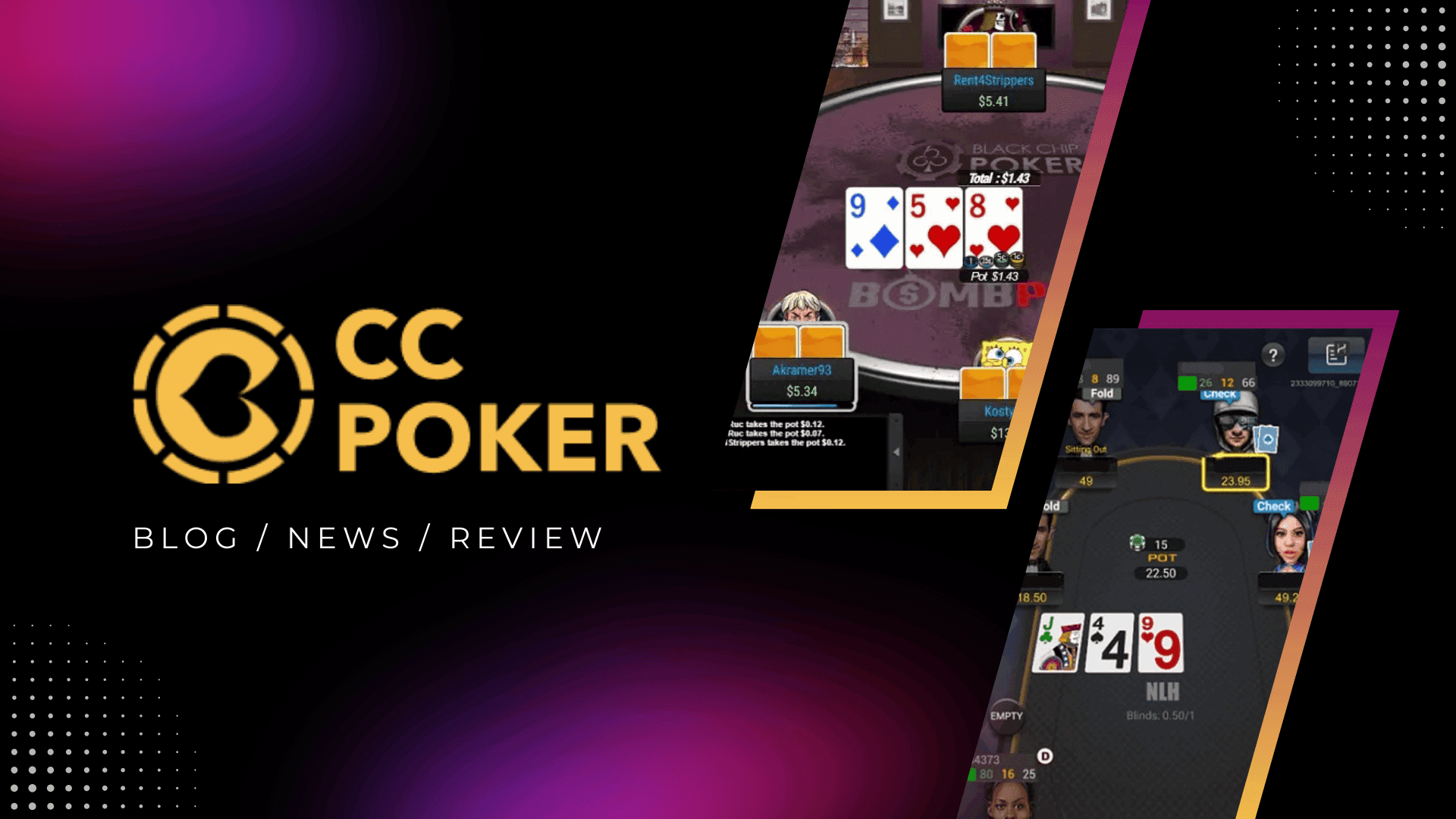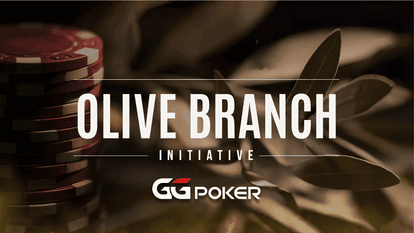How to use GTO (Game Theory Optimal) in online poker: A practical guide for beginners

GTO — The foundation of modern Online Poker
GTO in poker (Game Theory Optimal) has become one of the most discussed topics in learning gameplay. This is a strategy based on game theory, designed to keep your style as balanced and unexploitable as possible.
Unlike chaotic or overly formulaic gameplay, GTO builds a mathematically precise balance between aggression and passivity. For an online poker player—especially at micro stakes—understanding these nuances helps build discipline and avoid common beginner mistakes.
Game theory in poker explained simply
Game Theory is a branch of mathematics studying optimal behavior in competitive environments. In poker, this means that if a player builds a GTO strategy, their opponent cannot consistently profit against them even if they know the ranges. The essence of the concept is balance.
For example, if a player always makes a continuation bet with top pair and never with a bluff, the opponent will quickly adjust and start countering. But if part of the range includes both strong hands and air attacks, decisions become unpredictable.
Consider this example: on a flop of A♠7♦2♣, the player bets not only with Ace but also with hands like K♠Q♠. That way, it’s hard for an opponent to discern value from bluff, and any decision becomes mathematically balanced.
GTO strategy for beginners
For beginners, Game Theory Optimal is first and foremost a way to avoid extremes. Common beginner mistakes include playing too tight, overusing calls, or conversely, excessive aggression. This approach evens out the game, forms discipline, and builds awareness of frequencies. Key principles:
➕ An optimal balance between value bets and bluffs;
➕ Maintaining a range so opponents can't exploit with their bets;
➕ Sticking to action frequencies (for example, defending the blind a certain percent of times).
Even minimal adherence to these rules gives an edge. Low-stakes opponents usually act predictably, and switching to a balanced model already boosts your win rate.
Basic GTO Strategies
Mastering theory takes practice, but here are principles you can use right away:
▶️ Bet Frequency. On most boards, the in-position player should continuation bet roughly 70% of the time. Exception: very coordinated boards where ranges overlap too much.
▶️ Value-to-Bluff Ratio. Ideally on the river, you should have about 2 value bets for every 1 bluff. This prevents opponents from exploiting too much bluffing.
▶️ Blind Defense. GTO says you cannot fold too often. Versus a button open of 2.5 BB, you should defend the big blind about 50% of the time.
These principles let you build your game even without complex calculations.
GTO Poker Examples
Real situations help to reinforce principles.
Situation 1. Continuation bet on a dry board. Button raises, big blind calls. Flop A♠7♦2♣. Button’s range has many Aces, so betting is almost always profitable. But you should add bluffs—e.g., KQ or hands with a backdoor flush draw.
Situation 2. BB defense versus button open. Button opens 2.5 BB, stacks 100 BB. By GTO, big blind defends about 50%: all suited Aces, most Kings, connectors and suited gappers. Folding too frequently is a mistake that lowers EV.
Situation 3. River balance. The pot after a 3-bet, board T♦8♠3♣—6♥—2♠. Button has top pair (AT), but also bets with other hands. River bets need to include bluffs like A♠Q♠ to keep equilibrium. Opponent can’t exploit because the value/bluff frequency is pre-calculated.
GTO for Micro Stakes
Many low-stakes players call too wide, overrate weak hands, or give up too easily. Pure theory doesn’t always work here. The best option is core elements plus adapting to common field mistakes. Key guidelines for micro stakes:
✔️ Defend blinds wider than most opponents;
✔️ Value bet more since players call with weak hands;
✔️ Bluff consistently but moderately, so you’re not easily read.
A hybrid approach gets better results. Poker players maintain discipline but exploit obvious opponent errors.
How to use GTO in practice
Practicing is critical—otherwise, knowledge fades. Here’s a step-by-step plan:
✅ Use software (Wizard, PioSolver) to study ranges in standard situations. Make sure software isn’t banned in your poker room (see the article “Banned programs in poker apps ClubGG and PPPoker and others”).
✅ Review hands after every session, comparing your decisions to GTO models.
✅ Drill frequencies with flashcards or training apps.
New players should keep a checklist—ranges remain balanced, bet frequencies aren’t obvious. Aggression and bluffs are mandatory, blind defense is key to stable EV.
Here are the core principles:
|
Principle |
Beginner’s Behavior |
How to Fix It |
|---|---|---|
|
Value/bluff bet balance |
Bets only with top hands, rarely or always bluffs |
Maintain a 2:1 value/bluff ratio on the river |
|
Blind defense |
Folds too often, loses EV |
Defend a wider range (up to 50% versus button opens) |
|
Continuation betting |
Always bets top pair, checks weaker hands |
Add bluffs on dry flops, check higher value hands |
|
River play |
Calls or folds 100% |
Use frequency-based approach: half the range calls |
|
Action frequency |
Makes emotional, random decisions |
Stick to balanced raises, calls, and folds |
Applying these rules at the table gets you closer to an optimal model, staying resilient even against professionals.
Conclusion
GTO strategy isn’t magic, it’s the mathematical basis of modern poker. For beginners, it’s a discipline tool: helping to avoid extremes and build a stable betting model.
On micro stakes, the main tactics already give an edge, and as you move up, game theory knowledge becomes essential. The winner isn’t the one who guesses their opponent’s cards, but the one whose decisions stand up against any action taken by the field.




Last news

A unique initiative called “Olive Branch” from GGPoker. Global unban

Formats that quickly gained popularity: Omaha, Mystery Bounty, Short Deck, mixed games
.png&w=414&q=75)
Fast-Fold / Zoom formats / “fast poker” — what it is, where it's available, and how to play
.png&w=414&q=75)
GGPoker blocked two accounts during the GGMillion$ tournament
Similar articles
Formats that quickly gained popularity: Omaha, Mystery Bounty, Short Deck, mixed games
An overview of popular poker formats: how to play Omaha, Mystery Bounty, Short Deck rules. How to choose your format and win!
Fast-Fold / Zoom formats / “fast poker” — what it is, where it's available, and how to play
Everything you need to know about the Fast-Fold format in poker: strategy, pros, and cons. Where to play fast poker - an overview of Pokerrrr 2, PPPoker, PokerBros, and ClubGG rooms.
RedStar Poker: tournament overview and how to get guaranteed prizes
Regular tournaments at RedStar 🔥 freerolls, Twister and major series with prize pools up to €7 million, rakeback deals and bonuses for newcomers.


.png&w=1920&q=75)









